- +49 7071 791006
- seifenblasen@pustefix.de
- Mo - Do: 8:00 - 16:30 · Fr 8:00 - 12:00
Why soap bubbles always round, no matter the shape of the blow ring?

Quick answer:
Because the soap bubble follows a universal law of nature: minimalism.
It forms itself in such a way that the smallest possible surface encloses the given amount of air.
The soap bubble achieves this only as a sphere.
Prof. Pusti explains
The soap bubble immediately tries to reach the most stable state. The attraction of the molecules, called surface tension, contracts the soap bubble to the smallest possible area. At the same time, the air inside the soap bubble presses against it. The bubble forms into a sphere because it can contain the largest contents with the smallest circumference.
For illustration:
The circle and the square both have the same circumference of 16 cm. However, the circle includes a larger area.
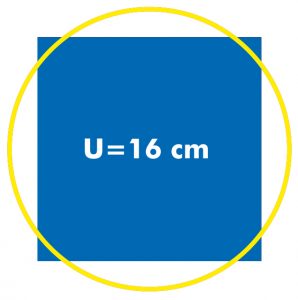
Even if you force the soap bubble into a wire frame, for example, it still follows this minimal law. The surface of the soap skin is stretched in the wire frame in such a way that the surface is minimal, i.e. any other surface in the wire frame would be larger than that of the soap skin.
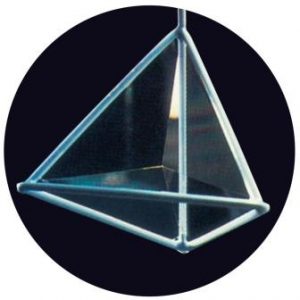
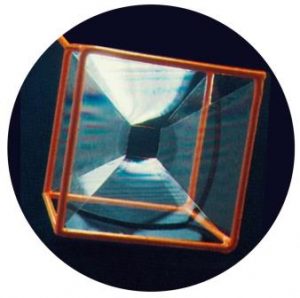
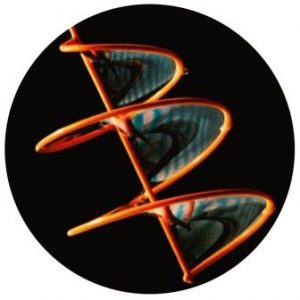
Scientists and architects also use these properties of soap bubbles for their work.
Example: the roof construction of the Olympic Stadium in Munich.
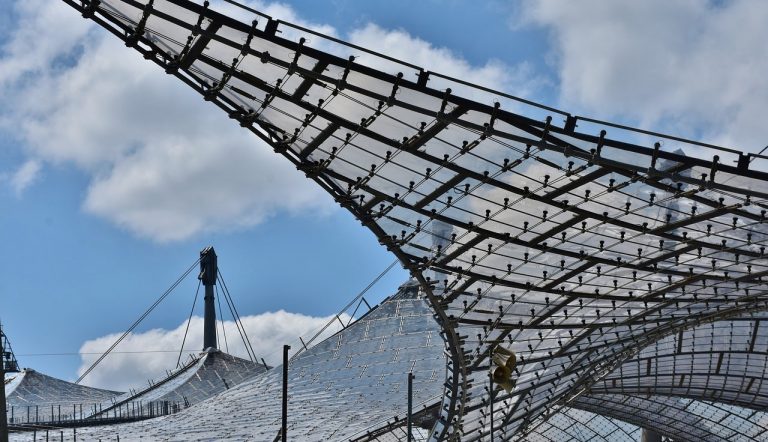
What happens if many bubbles collide with each other, as in the case of foam, for example?
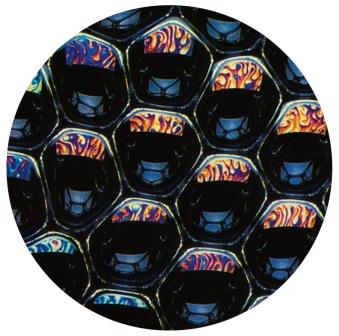
Foam The most adventurous forms seem to emerge. But here, too, the soapsuds unswervingly follow nature and thus the principle of minimalism.
The bubble now uses the surfaces of the adjacent bubbles to keep its surface as small as possible. The sum of the bubble areas remains minimal in relation to the enclosed volume.
This phenomenon can be found in nature not only in soap bubbles, but also, for example, in honeycombs.


Prof. Pusti thanks Professor Dr Haag for his scientific support.

